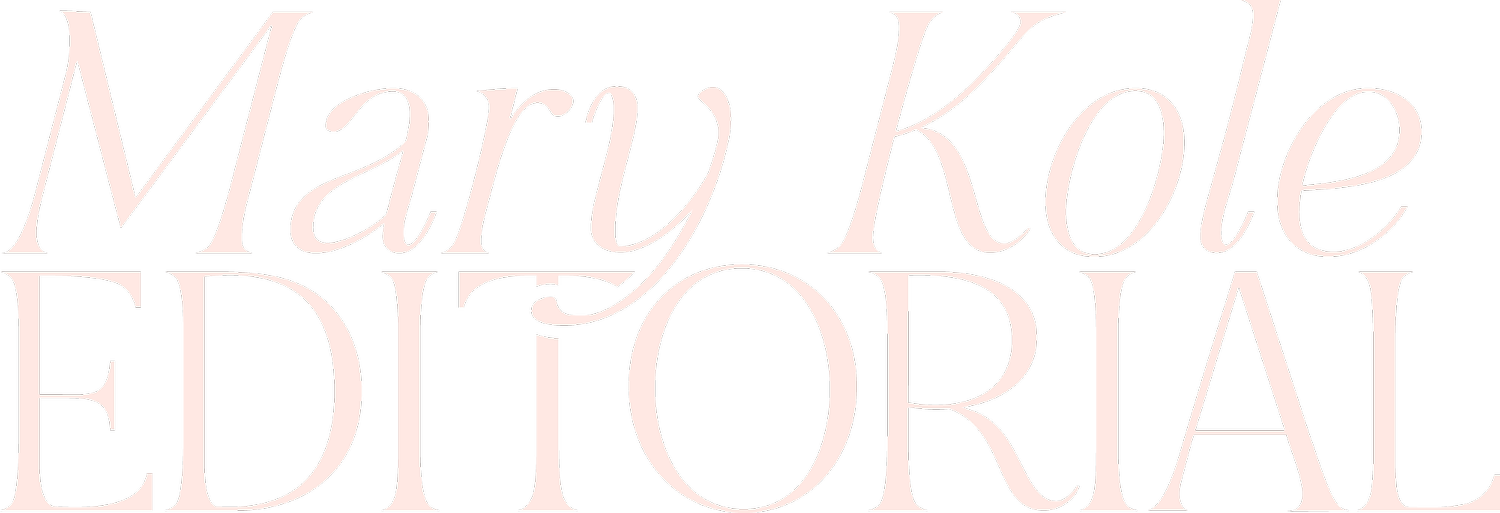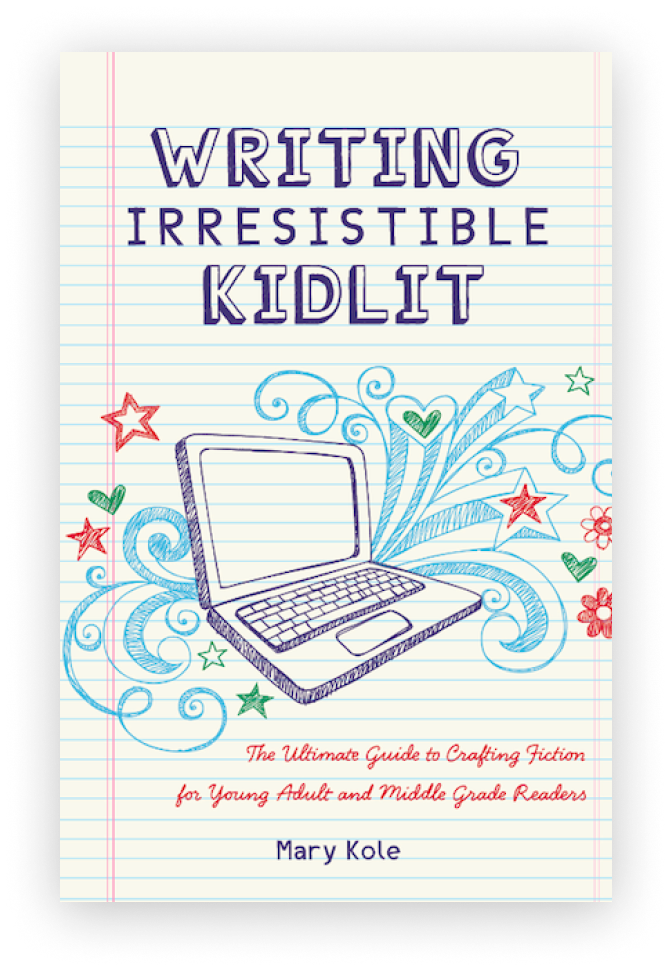Understanding Publishing Subrights
By Mary Kole
Mary Kole is a former literary agent, freelance editor, writing teacher, author of Writing Irresistible Kidlit, and IP developer for major publishers, with over a decade in the publishing industry.
As you embark on your writing journey, and especially if you’re aiming to be traditionally published, you should make sure to understand the different subrights involved in publishing a book. Subrights are an important part of publishing. They refer to the intellectual property rights that are associated with the book, which can include everything from film and television rights to foreign language translation rights. In this article, I’ll explore the world of subrights, who owns them, and how you can maximize their potential to help your book reach new heights.
What Are Subrights?
When it comes to book publishing, there are a variety of subrights to be aware of. Some of the most common subrights include film, television, audiobook, foreign language translation, and merchandising rights. If you are working with a literary agent, know that they will try to retain as many of the rights as they can, especially if they think your book can be lucrative in the subrights marketplace. The publisher will want to retain the subrights themselves, too, so this is hashed out in negotiation. For example, publishers will usually demand audiobook and digital book rights, but might be more flexible on film rights and translation rights.
Who Owns Subrights and How Are They Sold?
The author may retain some subrights, such as foreign language translation rights. These subrights can be sold on their own, or with the assistance of an agent, to another publisher or film producer. Retaining certain subrights can provide an additional source of income for the author beyond the traditional advance and royalties. If a publisher retains these rights and sells them (as they have people in-house who are working to sell interests in their properties), you are paid whatever split your contract specifies. This goes toward recouping your advance.
The type of split offered for various types of subrights will depend on the terms of the initial publishing contract. If the publisher retains the rights, they typically receive a percentage of any revenue from that subright. However, if the author retains the subright and sells it to another publisher or producer, they are paid directly by that party. This will also go through your literary agency and be subject to a commission of between 15% and 25%, depending on the rights in question, if your agent helped with the transaction.
Dealing With Subrights
In order to make the most of the subrights opportunities available to you, it's important to have a solid understanding of each subright. For example, when it comes to foreign language translation rights, there are a variety of factors to consider, such as potential markets and the quality of the translation. By educating yourself on each subright, you can position yourself to make informed decisions and maximize your earnings potential. Sometimes, your subrights income will be negligible. It’s fun to be translated into many languages, but foreign publishers might not pay as much as a U.S. publishing house. Sometimes, though, a film option that’s produced into a movie will be very lucrative—though going all the way through this process can be rare.
When it comes to exploiting subrights opportunities, the key is to be proactive. Don't wait for a film producer or foreign publisher to come knocking on your door. Seek out potential partners and explore potential markets. Attend film festivals and publishing or writing conferences to network with industry professionals and gain exposure for your work.
Understanding subrights can be a key factor in maximizing the potential of your project and putting a multiplier (or several) on your book deal. By familiarizing yourself with the various subrights involved in publishing, retaining them, and negotiating splits, you can open up additional streams of revenue beyond the traditional publishing model. While exploring potential subrights opportunities may seem like a daunting task, doing so can help you reach a wider audience and broaden your horizon as a writer.

Click here to purchase Writing Irresistible Kidlit, my book on fiction craft for MG and YA novels, out from Writer's Digest Books. This will show you my writing craft philosophy and give you lots of valuable advice, including tips for the novel revision process and self-editing. There are over 35 example novels cited and discussed throughout. It’s a valuable resource for any writer’s toolkit.
Click here to purchase Irresistible Query Letters, my book on query letters, including over forty examples with comprehensive notes on each one. There’s a ton of submission advice, best practices, and insider information in these pages, and you’ll really enjoy seeing what other writers are doing in the slush.
Click here to purchase Writing Interiority: Crafting Irresistible Characters, my book on interiority and character creation. Explore your protagonist’s thoughts, feelings, reactions and interpretations, expectations, and inner struggles to create a rich, immersive experience. This guide will empower you to create characters who live and breathe on the page, fostering an unbreakable bond with your audience.





